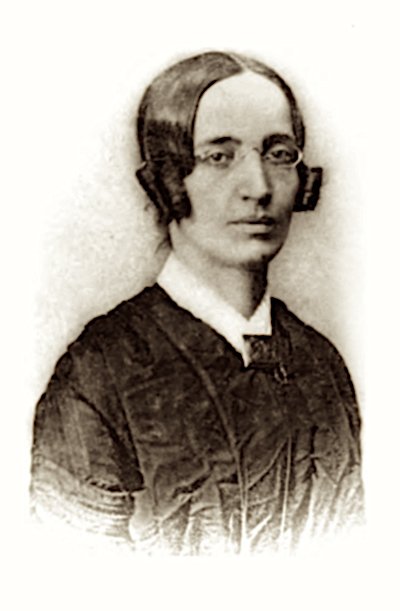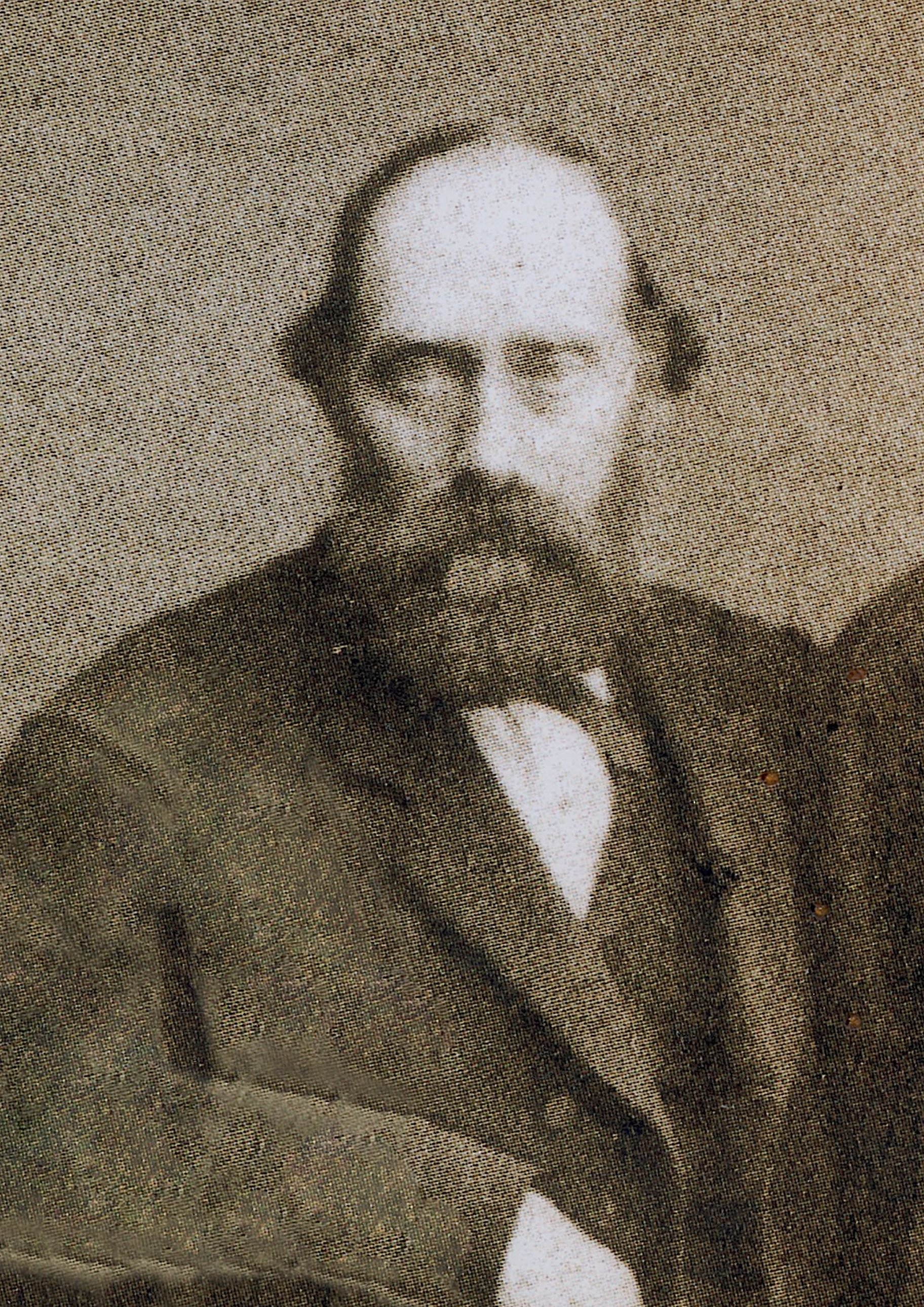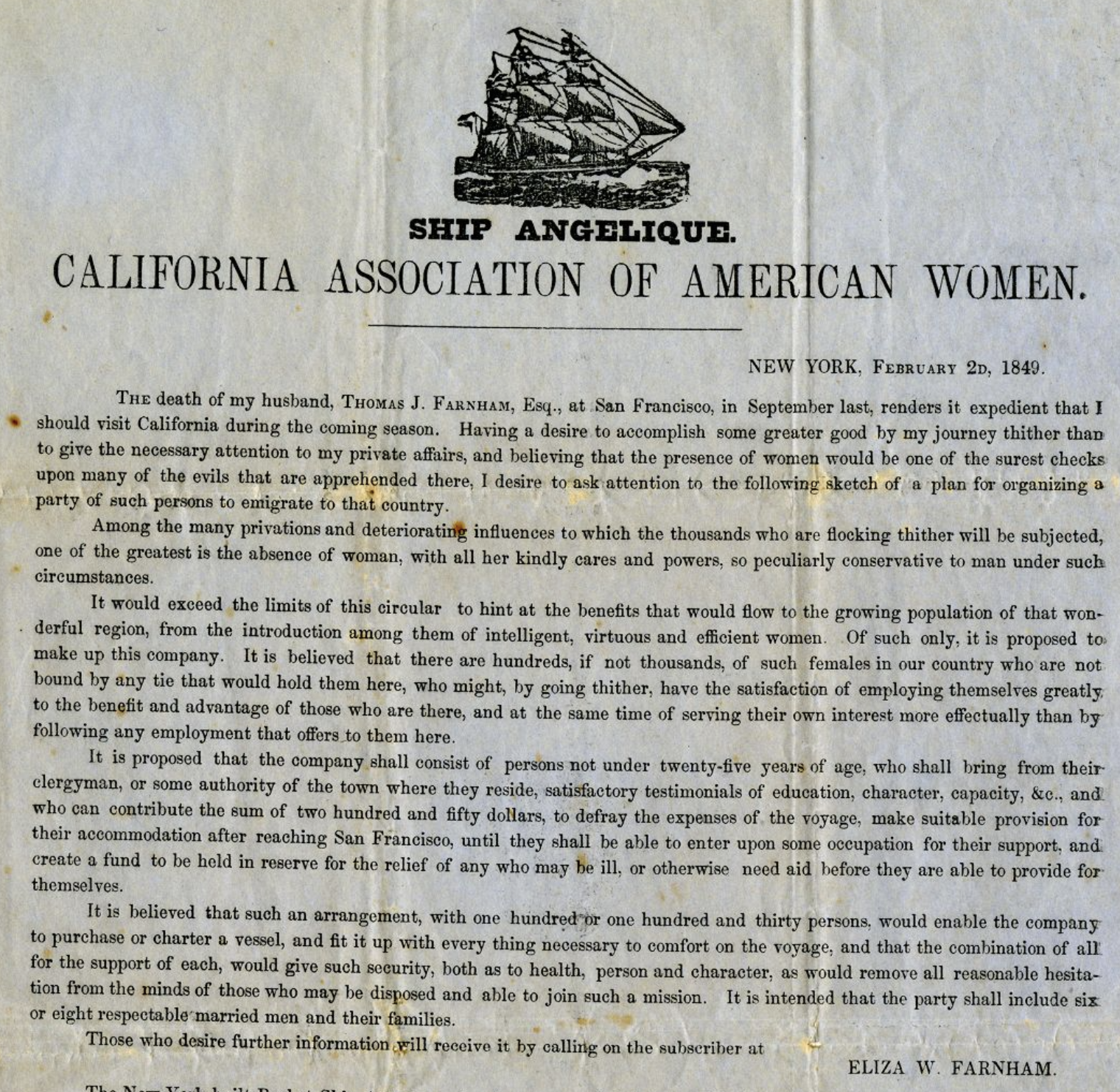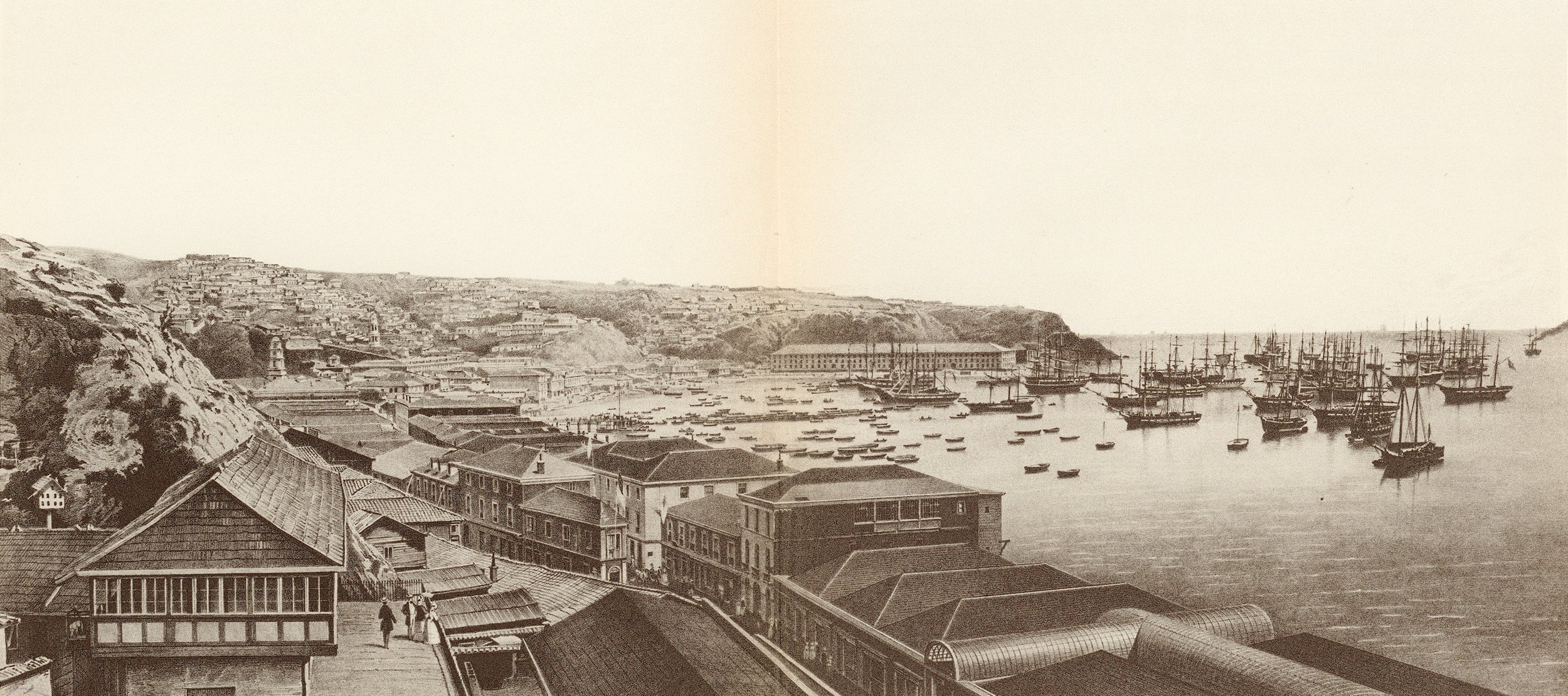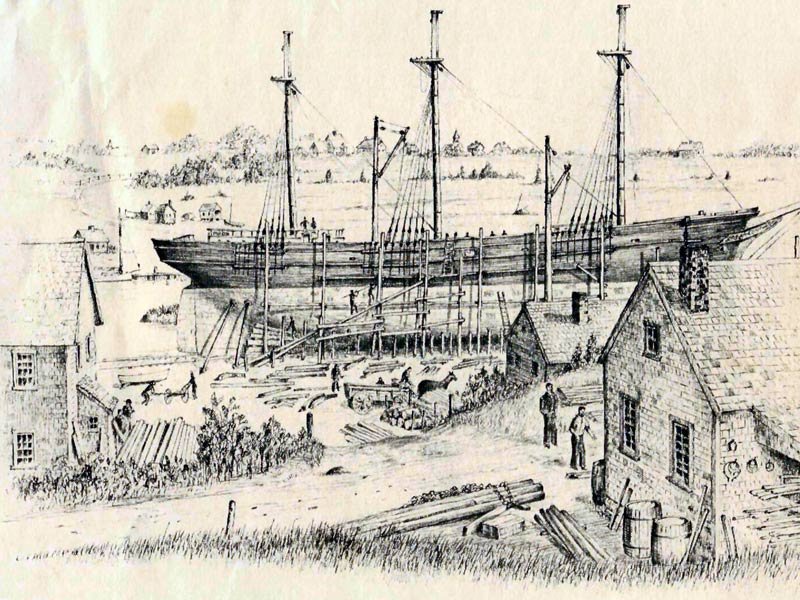Shipwrecks play a part of Yarmouth’s history and should be remembered and documented.
Victorian Feminist Meets Yarmouth Sea Captain
In the heady days of the burgeoning gold rush to California, two unlikely shipmates found themselves under way in the old packet, Angelique, which departed New York in April, 1849 for San Francisco.
Eliza Farnham, published author and former matron of the female section of Sing Sing Prison, was not going for gold but “to bring refinement to that disorderly city.” Sturgis Crowell, from West Yarmouth, was making the voyage as first mate but hoping one day to get a ship of his own.
According to the book Eliza wrote about her California adventures, both of them suffered under the irascible command of Captain Phineas Windsor.
Eliza’s original intent was to claim a tract of land near Santa Cruz left to her by her adventurous husband who had traveled to California several years earlier and died there in 1848. But true to her feminist idealism she developed a plan to organize a group of well recommended marriageable women who would “bring their kindly cares and powers” to that rough hewn society of gold miners. In the end only 2 accompanied her.
Sturgis Crowell, born in West Yarmouth, had gone to sea at age 10 as cook on a coasting vessel. And, now at age 27, was making his first voyage as first mate on a full rigged ship, rounding Cape Horn to San Francisco. While his association with Mrs. Farnham was limited to this voyage, it must have been an unsettling experience for both of them. The formidable lady was soon involved in a raging feud with Captain Windsor, whom, she said “never named women but to deprecate them in the coarsest terms.”
The captain suspected the lady had inspired a rebellion among the 22 passengers, forcing him to make a stop at St. Catherine’s to give them a rest and replace “the bad water” on the ship about which all complained. Their relationship was further inflamed when Eliza’s nursemaid began an affair with the ship’s purser and the captain did nothing about it. Ultimately they rounded the Horn and put in to Valparaiso, Chili, where the girl married the purser, and Eliza recruited a young Chilean woman as servant. Evidently the Captain had enough of Mrs. Farnham, and while she went back ashore to get the necessary passport for her new servant, Captain Windsor raised sail and put to sea, taking her companion and her children.
Valparaiso
Through all these tribulations, she wrote kindly of first mate Crowell from Yarmouth, “whose good nature and kindness to the passengers, especially to the females and children, had caused him much difficulty with the captain...”
A lone woman, friendless and penniless in a foreign port was in dire circumstances -- even for the resilient Eliza. Eventually with the help of the American consul she found passage to San Francisco, arriving a month later. There she was soon reunited with her friend and children.
Eliza soon left San Francisco, found her husband’s property, and with her own hands and help from her friend Miss Sampson and later Georgianna Bruce, rebuilt the house and developed a farm. Her companions returned home after two years with sufficient fortune to keep themselves comfortable for the rest of their lives. Eliza did not say how they gained such wealth. Eliza married in 1852, and developed a successful agricultural business but she divorced in 1856, and returned to New York City, where she published several books based on her experiences, and helped destitute women to find new homes in California.
Meanwhile Sturgis Crowell continued as first mate in various vessels until 1861 when he was finally made captain of the clipper, Boston Light, departing New York for San Francisco, May 23, 1861. After a month unloading and gathering a new cargo, he was off to Honolulu, Mauritius and Calcutta where he received a message from the owners to sell the ship. Instead, Crowell sailed with a cargo of rice to Hong Kong, and there sold the vessel in January, 1863 at a price which pleased the owners.
Captain Crowell retired to his home in South Yarmouth on Old Main Street in 1873, nearly 10 years after Eliza Farnham died of tuberculosis in New York. Honored and respected, Crowell lived some 40 years in South Yarmouth until he died at age 89.
Excerpted from an article by Haynes Mahoney
The Great October Gale of 1841
Being in the thick of the Atlantic hurricane season, it’s a good time to look at the one storm which had the greatest impact on Cape Cod history. If you asked twenty Cape Codders which storm this was, there’s a very good chance that they wouldn’t choose the Great October Gale of 1841. The 1938 Hurricane, the twin Hurricanes Carol and Edna of 1954 arriving just 11 days apart, or Hurricane Bob might be mentioned. Reaching back to the 19th century, the Blizzard of 1888 even could be an answer.
However, Cape Cod was rebuilt after each of these massive storms and continued on. Only one storm, the Great October Gale of 1841, changed the course of Cape Cod’s economic history. Today, this storm would have been classified as a large hurricane, and its direct fury as a storm lasted four days. Its impact on the Cape’s economy is still felt today.
Lasting from October 2-6, the outer beach was strewn with the parts of 50 wrecks and 100 bodies were taken up and buried. Cape fishing fleets were decimated by the storm. The Cape fleet was at George’s Bank fishing for mackerel at that time, and was destroyed as the storm hit both the Cape and George’s Bank. Truro lost 57 men and seven vessels; Dennis lost 22 men, and Yarmouth lost 10 men - a tragic loss for those small tight-knit communities. On the south side of the Cape, Falmouth lost as many men as all of the north side. Fishing fleets never recovered from the damage and there was neither money nor manpower to rebuild the fleet. It was shortly after this storm that fishing weirs began to appear along beaches and inlets of Cape Cod. The fish weirs were a less expensive method of fishing, but were far less successful, and never replaced the fleets. Only Provincetown’s fleet was rebuilt to its former size.
Places where fish weirs had been in use before the storm were decimated by it. Follins Pond at the northerly end of Bass River silted in so badly that fishing on that salt water pond could no longer remain a viable economic force. The Weir Village section of Yarmouth, which bordered Follins Pond and Mill Pond, became a ghost town. Houses were even moved to other sections of the town after the storm. Today, Weir Road in Yarmouth gives few clues to the former active fishing village of the area.
Chase Garden Creek took in so much silt that it lost its tidal force and ability to float schooners down to Bass Hole. From the October Gale on, the tide never came into Bass Hole as it had. Prior to 1841, it was Chase Garden River. While the old-timers continued to call it that, within 25 years of the storm, maps had started referring to it as a creek. The two ropeworks in Yarmouth, one by the Yarmouth Port playground and another along Bass River, stopped production by 1850, and perhaps a few years earlier.
The only exception to the loss of shipbuilding was at the Shiverick shipyard in East Dennis. Starting in 1848 and lasting until 1863, Shiverick built some of the best clipper ships ever to sail.
Image from Dennis Historical Society.
Saltworks, once so common around the Cape, took an incredible hit. With fewer fishing vessels to buy their salt, and the cheapness of imported salt, many saltworks were never rebuilt after the October Gale of 1841. Some of the wood from these saltworks was used in construction. One of the more notable was the Kelley Chapel, now on the Historical Society’s grounds.
Saltworks along Bass River.
Few storms have hit at a worse economic time. Starting in the decade after the storm, the Cape Cod’s population experienced a decline that wasn’t reversed until the century ended. Only the rise of tourism, which began after the Civil War, brought the economy of Cape Cod some new hope.
The Nobscusset Hotel, courtesy of the Dennis Historical Society.
Excerpted from an article by Duncan Oliver.
For more details about the October Gale, watch this interesting video, courtesy of Friends of Ancient Cemetery.
